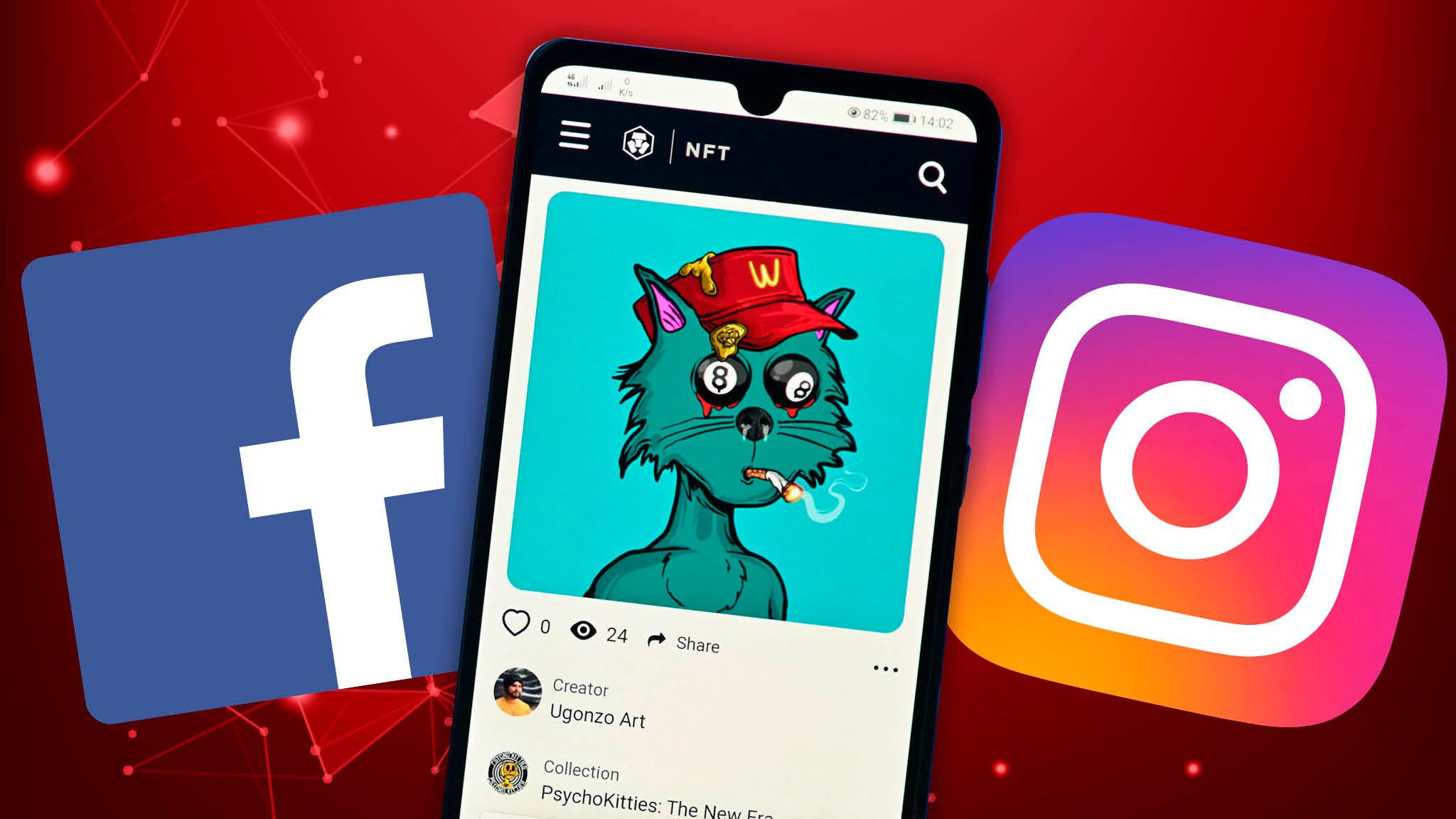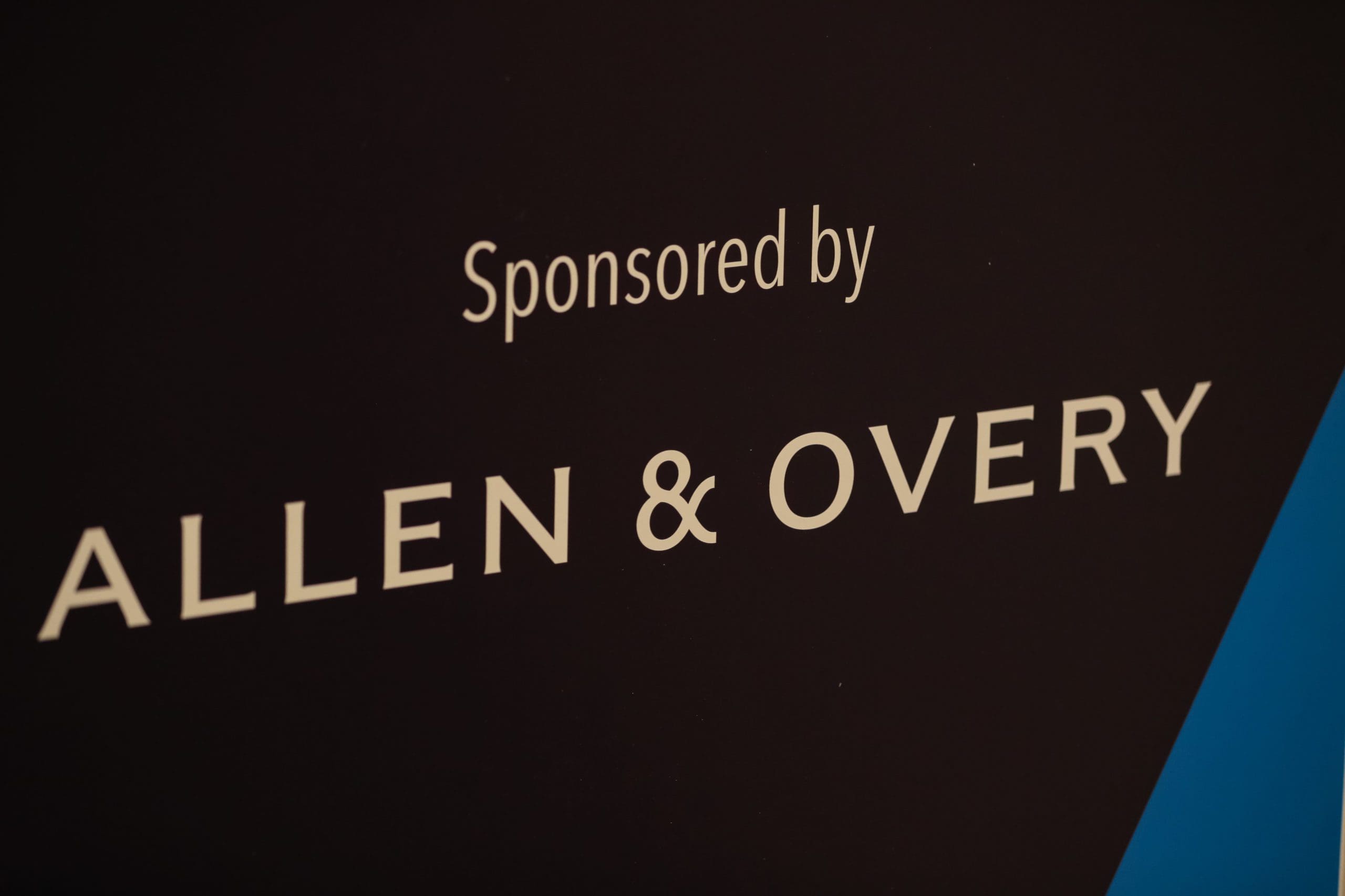Adding to the discussion around the future of financial services within web3, Adam Chernichaw, partner of Allen & Overy LLP, and Catherine Porter, VP, Global Partnerships at Meta Financial Technologies, met on the keynote stage at Fintech Nexus USA 2022.
Their discussion focused on the opportunity of NFTs in creator monetization and the role of partnerships within it.
“Tokenization of digital content we know is here to stay; the web3 economy is not going away,” said Porter. “One of the things that I love about working in consumer technology is you need to follow where the best engineering talent in the world is developing. And right now, that’s absolutely in the web3 economy.”
“Meta believes very passionately in the future of this economy meeting new surfaces like the metaverse, hence the new name. When you think about what is available today, as technology to start scaling into, the opportunity represented ultimately in the physical world meeting the virtual world is around tokenized content.”
Meta addresses the monetization of creator content

When thinking about Meta, perhaps NFTs don’t come to mind. The long-standing Facebook and subsequent acquisitions of Instagram, Whatsapp, and Oculus are, on large, free to use, providing a platform for discovery with sales and payments as an additional phenomenon that has risen within its path to maturity. Discovery, however, is precisely where integration of blockchain technology and monetization through NFTs comes into play.
“If you think about what a company like Meta can do, to really buoy the web3 economy, it’s first around discoverability,” said Porter. “So we have new art, new music, new ticket, ticketed events, new film, new short video, all of this content is what Meta already provides for discovery today.”
“If you think about what Meta does best in the world, outside of consumer discovery and sharing is supporting merchants, anybody who has a business to sell online sell digitally. Now we can do that for the artist. And we can do that in a way where the artist can do what they do best, which is create.”
“Tokenization of content is now available because of blockchain technology. And now, we need to be the technological innovators and the business innovators to help underpin the economy that is here.”
As of April 2022, Instagram, where Meta has introduced the inclusion of NFT sales, had over a billion monthly active users, especially popular in India and the U.S., 83% of which also use Facebook. According to Instagram, over 44% of users weekly use the app to shop, and the global reach of advertising grew by around 20% last year.
“Meta has an opportunity represented by what we’ve just launched and where we’ll go with web three technology. We can take the tokenized content that an artist has created and help them create a real business around that.”

“That is what is really revolutionary about being able to distribute on a platform like Meta. So much of art has been relegated to either personally getting out in communities and coming face to face with your consumers. Or delegating distribution to other third parties, but then there’s a loss of profit there.”
“All they have to do is continue to focus on their artistry, and we take care of the opportunity of building a business platform that monetizes for them. If we do that, well, then Meta has meaningfully contributed to overall GDP that will be created by this economy.”
Decentralizing artwork
Through partnerships connecting the platform to the web3 space, Meta leverages the legacy of the social platform to provide opportunities for direct monetization.
Porter explains, “If you look at how NFTs on Instagram work, that is the product of our company partnering with four blockchains and six third party wallets. The blockchains are for minting the digital collectibles, and then the third party wallets are where you can hold money to purchase and store your digital collectibles.”
“Now, what’s possible is this traditional platform becomes the distribution lover. So the way that this works is that the Creator has their web3 third-party wallet, and it holds the digital collectibles that they’ve made. And they connect that third party wallet to display their NFT work just like they would have shared photos to their feed.”
“It’s this traditional meets web3 where there is an opportunity to start scaling it today. Then there’s so much more we can build natively to advance the web3 economy.”
The opportunity for financial services
The theme of traditional platforms meeting the new technology of web3 is critical, explained Porter, spanning from partnerships with other local social media platforms to building on the security, trust, and regulation surrounding web3 and providing a bridge between traditional and blockchain systems. According to Porter, there are significant opportunities within the space for fintechs.
“We need to do more in financial services to expand the reach of blockchains available and third party wallets available to provide the most content possible for consumers to discover and for creators to monetize. So that’s kind of the first fundamental layer of working in this web3 world,” she said.
“Then all of the traditional financial services that power payments in the physical realm, and what we know today, have to be adapted for this environment. The currency of web three is largely cryptocurrency. So how do you safely, with compliance, process those transactions, put money into wallets to be spent, and take that value out? There’s a traditional processing layer there that has to advance for this economy. That is a segment of financial services partners that will be incredibly successful as they adapt their business models to meet the opportunities and challenges of web3.”
The scope for partnership extends to other platforms which work on a local level. Porter explained the collaboration between platforms is essential to achieve a high level of scale and benefit creators worldwide.
“It can’t just be companies like Meta. What Meta brings to the table is billions of users full stop. Web three is about community, and we have partner companies worldwide that look like we do with their own communities, so there are interesting partnerships.”
“When you think about coming back to this web3 orientation as technologists and business people who are really about the opportunity to scale. That’s a massive opportunity for traditional meeting web 3 and working together to make it as big as possible.”

Reinvention starts with long-term partnerships
It seems partnerships are fundamental to the future monetization of content within web3. Allen & Overy have worked with many businesses like Meta to achieve these goals. The final thoughts of the discussion turned to the value of partnerships, specifically in the development of web3 at this critical time.
“I think partnership is best when you’re going farther, faster together,” said Porter. “That requires a lot of deliberate thought as you’re partnering, about what business objectives are you achieving, importantly and in a much bigger way than what you can do on your own. How can you technologically integrate and develop together in a way that makes the end product better and more fitting for your potential users.”
“Once you get past that lengthy stage of the long-term negotiations regarding issues that underpin going into business together, you really then get to go to work and get to the fun part of launching joint technology and meaningfully scaling a new economy.”
“The partnerships that exist in this space start with those who are already native to web3. And that scale, as far as cryptocurrency oriented wallets, digital, collectible, oriented, tokenized wallets, that is an opportunity for new technology, to partner with a company that’s had the benefit of almost 20 years of scale in the world. The commitment, though, to any kind of business objectives means that you are committed for the long term in this environment. So it’s not a short-term win.”
Porter concluded, emphasizing the importance of the long-term partnership in the reinvention of financial services to suit web3 better and provide ease for users.
“To sum it up, the partnership is both a meaningful vision for what’s possible to create, but even more important is the long term commitment to launching, iterating, evaluating and continuing to scale.”


